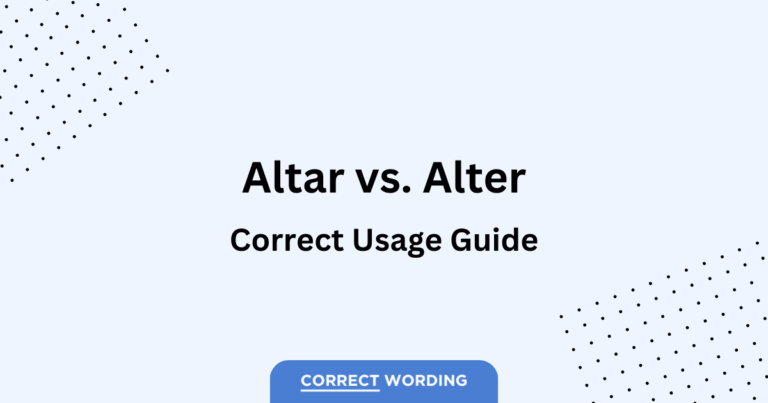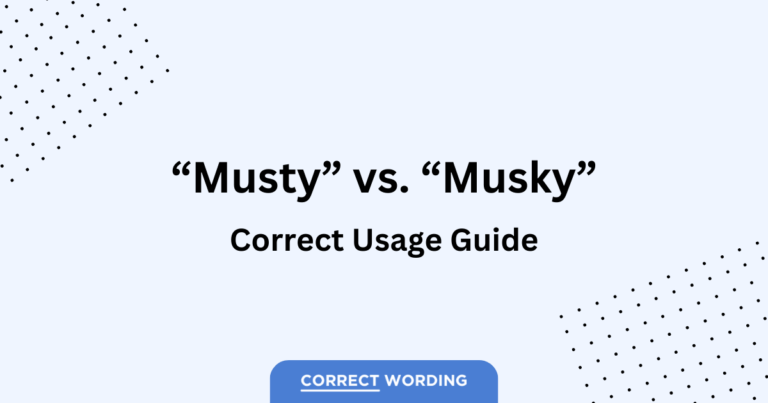“Beside” vs. “Besides” – How to Correctly Use Each
Navigating the nuances of the English language can be challenging, especially with words like “beside” and “besides” that sound similar but have different meanings and uses.
This article will help you understand when and how to use each term correctly.
Quick Summary
“Beside” is a preposition meaning ‘next to’ or ‘at the side of’. In contrast, “besides” can be used as a preposition meaning ‘in addition to’ or ‘apart from’, or as an adverb meaning ‘furthermore’ or ‘also’.
“Beside” vs. “Besides” – Which is Correct?
The correct choice between “beside” and “besides” hinges on the intended meaning:
| Word | When to Use | Example |
|---|---|---|
| Beside | To indicate physical proximity | She sat beside me during the concert. |
| Besides | To introduce additional information or as an adverb to mean “also” | Besides chocolate, he also likes vanilla ice cream. |
How to Use “Beside”
“Beside” is a preposition that refers to being next to or at the side of something or someone. Here are examples of how to use it:
“The lamp is placed beside the bed.”
“I stood beside my friend as we waited for the parade.”
How to Use “Besides”
“Besides” can function as a preposition meaning ‘in addition to’ or ‘apart from’, and as an adverb meaning ‘furthermore’ or ‘also’. Here’s how to use it:
Preposition: “Besides being a talented artist, she’s also an excellent musician.”
Adverb: “I don’t want to go to the party. Besides, I have to wake up early tomorrow.”
Practice Exercises
Sharpen your understanding with these exercises:
- _ being a chef, he also writes cookbooks.
- The cat curled up _ the fireplace.
- Who was sitting _ you at the dinner?
- _ the point, we need to decide what to do next.
- _ her brother, her cousins are also visiting this weekend.
Answer Key:
- Besides
- Beside
- Beside
- Besides
- Besides
Conclusion
The difference between “beside” and “besides” is subtle yet significant. “Beside” is used for physical locations, while “besides” is used to add information or as an adverb to mean “also” or “furthermore”.
Understanding when to use each word will help you communicate more effectively and with greater precision.



